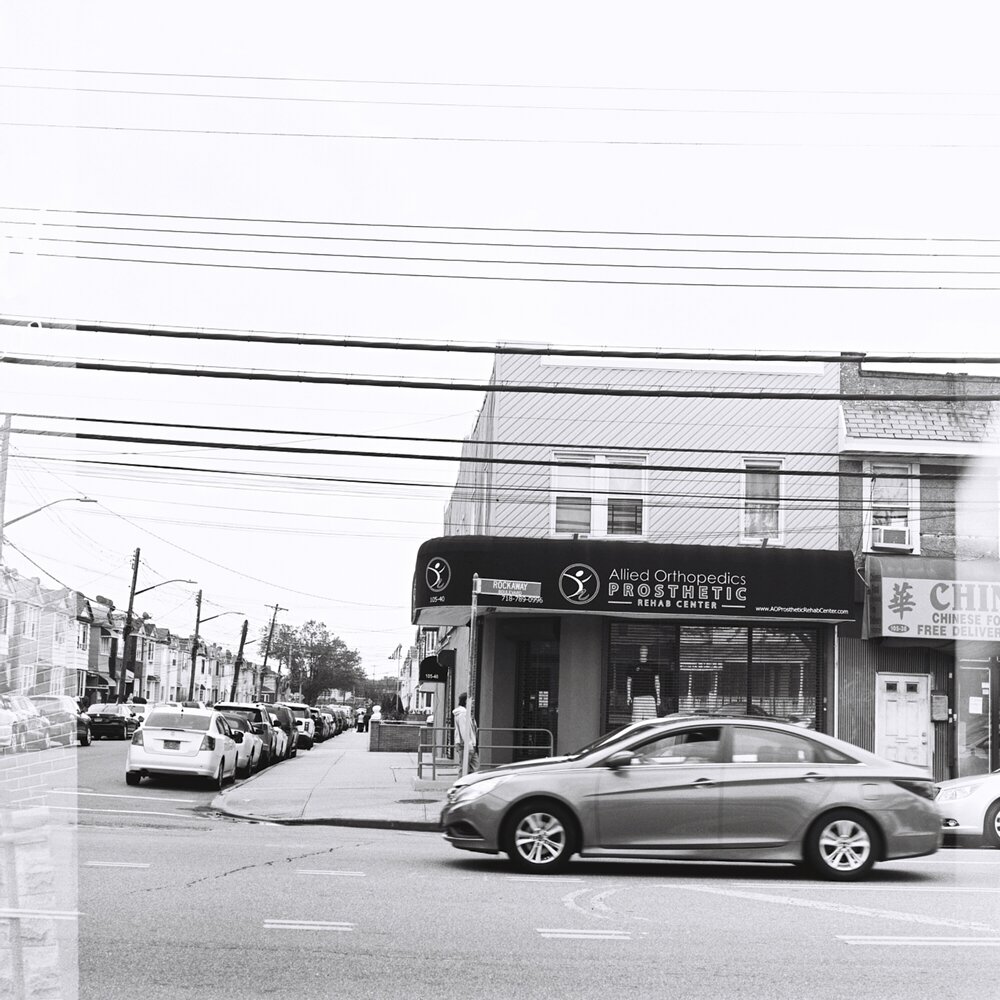How Kodak Tri-X 400 Compares to Kodak TMax 400
“Not necessarily true.” says Kodak’s own TJ Mooney. “Kind of boils down to personal preference – as in what subjects you like to shoot and maybe more importantly how you like to work.”

Kodak T-Max 400

Kodak Tri-X 400
Mr. Mooney continues to explain that photographers were shooting Tri-X for years until T-Max 400 came along. When it did, it had higher sharpness and finger grain. “But not everyone switched.” he explains. “Many photographers preferred the overall ‘look’ (tonality) of Tri-X, as well as the very forgiving nature of Tri-X relative to exposure and development.”
This makes a whole lot of sense. It would mean changing around the way you shoot, your development methods, etc. Plus, you probably sold yourself on a specific look to your images. Look at Magnum Photos for example: a lot of their members live on Leica and Kodak Tri-X. Even today, the characteristic grain of Kodak Tri-X is still highly valued by many photographers. That grain is a specific character of the film whereas Kodak T-Max 400 has less of that and it more specifically designed to have a cleaner look.
But if you think that Kodak Tri-X 400 is so incredibly simple to use, you still may want to give T-Max 400 a shot. Mr. Mooney states that T-Max 400 is arguably more user friendly.

Kodak T-Max 400

Kodak Tri-X 400
According to Mr Mooney:
TMY-2 is both sharper and finer grained than the original T-Max 400. It’s also arguably more user-friendly (improved tone scale, easy to print, less finicky in both exposure and development). Tri-X is a cubic emulsion. TMY-2 is a T-Grain. These films are designed around significantly different technologies. Each product has its passionate supporters, and it takes a lot for a photographers to make the jump from one to the other.
Kodak Tri-x 400 sure is contrasty in some ways or another. When you often look at a lot of third party digital simulations such as those from RNI Films, Mastin and VSCO the images tend to be very contrasty and grainy. Sometimes, they tend to look more like Ilford Delta 400 instead. But as you can see, T-Max 400 tends to be slightly more contrasty. In medium format, the grain tends to be bigger with both emulsions accordingly, but even then T-Max 400 tends to have a finer grain and is quite a bit sharper.
So which should you use? We honestly recommend giving both of them a try. Many people tend to reach for Tri-X 400 more. But if you’re the photographer that loves the high contrast black and white film look, then you should consider T-Max 400.
